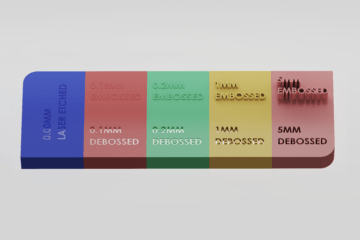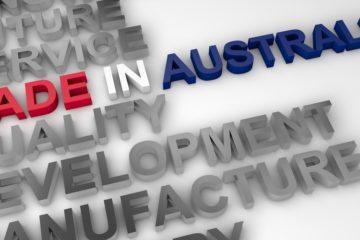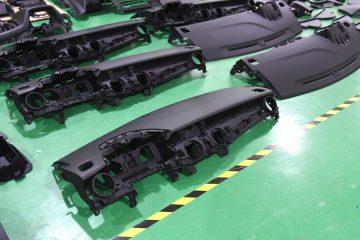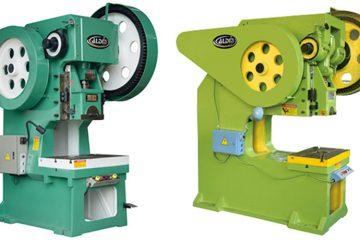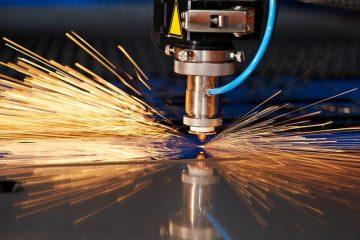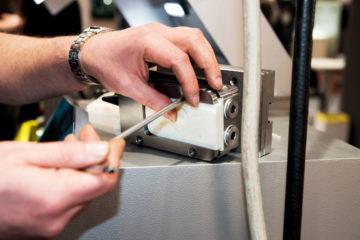To be successful in today’s manufacturing industry, you need more cost-effective and efficient techniques for manufacturing products. Historically, manufacturers mass produced products based on predicted future demands, but this system often resulted in wasted effort and resources when customers failed to live up to expectations. Modern companies simply can’t afford to operate that way, and so are forced to find ways to save money in the long run by cutting back these inefficiencies. The following is a general overview of the most important elements for a more cost-effective manufacturing system.
Reduce waste
There is a lot of waste associated with old manufacturing techniques that the new systems address, especially considering the materials, capacity and manpower. The old methods allowed for excessive waste and consumption of supplies in order to meet their goals, but modern manufacturing goes by a new and more humble name: lean manufacturing. With lean manufacturing, the process of getting an item from its initial product design phase through to the mass-production phase eliminates money-wasting inefficiencies.
Lean manufacturing is the technique that, in theory, would have the right amount of supplies arrive at the right place at the right time without using unnecessary amounts of resources to meet the demand. Of course, this requires an amazing amount of organisation, improved technologies and flawless communication between consumers and suppliers.
Maintain quality
All too often, cost cutting often turns into quality cutting, especially with product manufacturing, and the last thing you want to do is risk producing low-quality products in exchange for quick financial gains. Finding and using the latest manufacturing technologies is a great way to practise lean manufacturing without skimping on quality. Similarly, keeping your equipment maintained properly and constantly identifying errors or defects in your production flow are also important for keeping your costs low in the long run.
Accelerate production
When it comes to using the lean manufacturing technique — where surplus product is considered waste — the manufacturing process must be sped up in order to produce product on demand in a timely fashion. Of course, speeding up the process comes with it’s own set of difficulties.
In the 20th century, mass production worked because it went hand in hand with mass consumption. Customers were willing to have the same products as their neighbours, so assembly lines could make hundreds of thousands of the same product. Now, consumer demand has evolved and people demand choice, meaning that product design and development just got a lot more complex and time-consuming.
Designing a variety of products to suit consumer demands is only half the battle, as you also need to develop the processes to make them. If you can develop a process that adjusts quickly and effectively to change in the markets, then you will be able to stay one step ahead of your competitors and limit your cost increases.
With consumer demands shifting constantly, manufacturers must get creative to find strategies that maximise profits while promoting competitive ability. By combining waste reduction, quality maintenance and faster production techniques, you can reduce your production costs in the long run and stay competitive in your industry at the same time.
Subscribe to Our Newsletter
Get the latest news from Dienamics into your inbox






